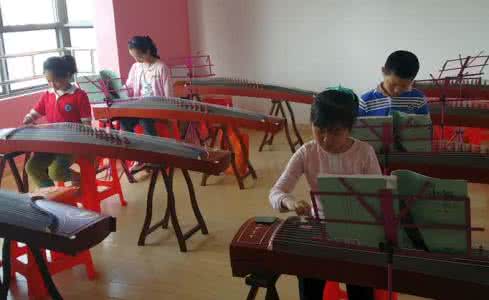规格建成(这在当时当然是如同现在一样是不可能的),我们又知道每个的准确大小,我们还是不能讲每个单元里住了多少人。最后,我们还要问一个不可能回答的问题,(不要讲二千前),如果我们单就是把这数字用到三百年前,它究竟准确到什么程度?
New words
conjunction, (n.) The state or quality of being associated: connection, affiliation, alliance, association, combination
prosperity, (n.) An abundance of material possessions or resources: wealth, affluence, comfort, ease, luxury
bureaucracy, Roman government
attraction, (n.) Something that compels interest, attention, or
admiration: allurement, come-on, draw, drawing card, lure 吸引力 round, not exact; approximate: a round estimate; a round figure. outrageous, violent or unrestrained in temperament or behavior.
Underline the keywords
10 The reader must therefore beware of figures reached by any of these methods, used separately or in conjunction with each other. Rome in the Augustan Age was considered a large city by those who knew it. With prosperity, the expansion of the imperial bureaucracy, and the attractions of a metropolis, it probably continued to enlarge its population during the
period. But to say that it was inhabited by one million people means no more than that one million seems a comfortable round figure big enough to be properly imperial and small enough not to be outrageous. If it is right, it is no more than a lucky guess. Smaller or larger numbers may be nearer the truth.
(From Rome in the Augustan Age)
Analysis of the text
A. Fallacies in reckoning slave population:
1. From a special senator
2. From ordinary household
3. From another city
B. Fallacies in reckoning total population
1. By means of grains
2. By archaeological approach

1. Inhabited areas
2. Density
3. By counting dwelling
C. Conclusion
译文
10 读者必须小心。上述这些数字,不管是用什么方法取得的,也不管是单独使用还是联合使用,都是不可靠的。那些了解奥古斯都时代的人都知道,罗马是一个大城市。由于繁荣,帝国的政府[官僚政治]和大都市的吸引力,它很可能在那个时候不停地扩充人口。但如果有人说有一百万人口,这无非是说一百万是一个近似的数字,它听起来让人舒服,说大,它象帝国都市的标准,说小,它又不至于惹恼某些期望它更大一点的人。如果它是对的,它也不过是一个走运的估计。搞不好,可能是多一点或少一点还更接近实际。
Reader and purpose
1. In judging disputed questions it is best to make clear, as early as one can, exactly what the problem is. Professor Rowell does this in the first three sentences. The words “unfortunately” and “irremediable” indicate that it is impossible to get the exact population of Augustan Rome.
2. A casual reader might suppose that Professor Rowell is interested simply in the size of Augustan Rome. A closer reader, however realizes that he has another, larger purpose — to repudiate the unscientific approaches in research work which bring about fallacies.
Organization
3. Outline:
A. Fallacies in reckoning slave population:
1. From a special senator
2. From ordinary household
3. From another city
B. Fallacies in reckoning total population
1. By means of grains
2. By archaeological approach
1. Inhabited areas
2. Density
3. By counting dwelling
C. Conclusion
4. In paragraph 4, Professor Rowell says first “these people… we do no know…”, then “Nor do we know…”, and finally “Such…do not permit us to assume…”.
5. In paragraph 5, the word “again”ties it to the preceding materials.
6. In paragraphs 7 and 8, Professor Rowell examines what he calls the “archeological approach” to the problem of the population of ancient Rome. He provides three supporting details to show that approach is a fallacy: most of it is still buried; two experts differ by
爱华网www.aIhUaU.com网友整理上传,为您提供最全的知识大全,期待您的分享,转载请注明出处。 爱华网
爱华网

